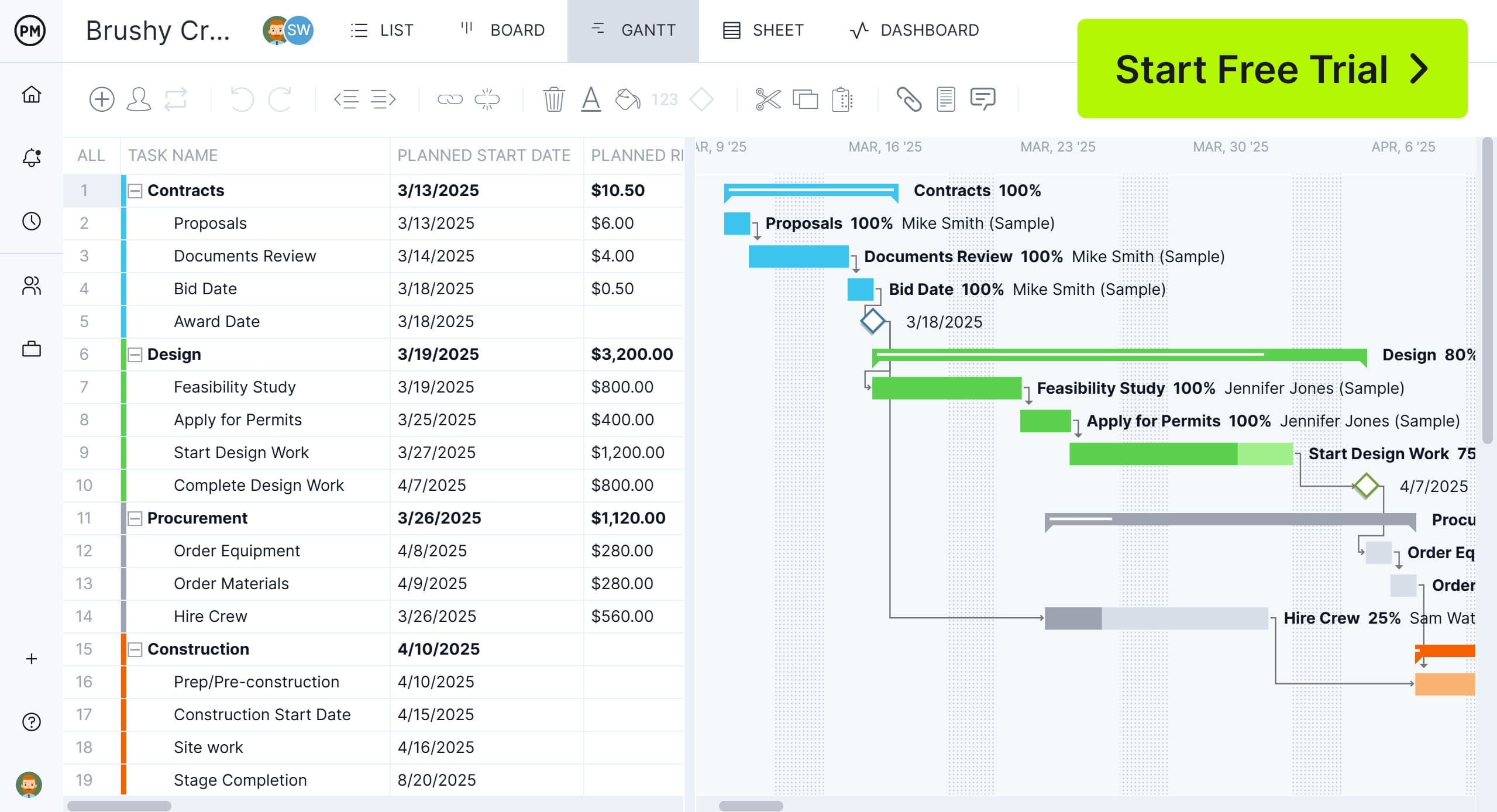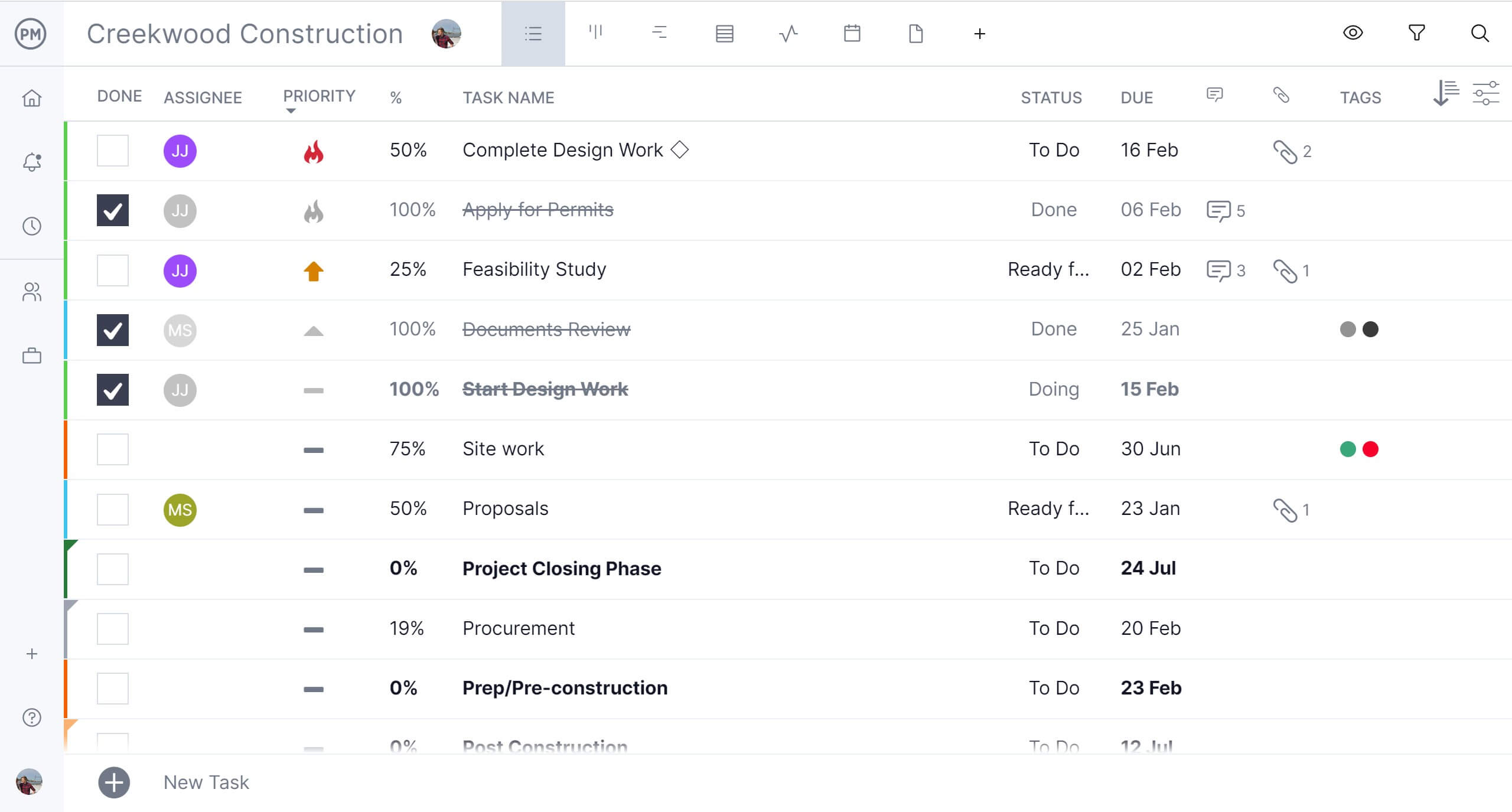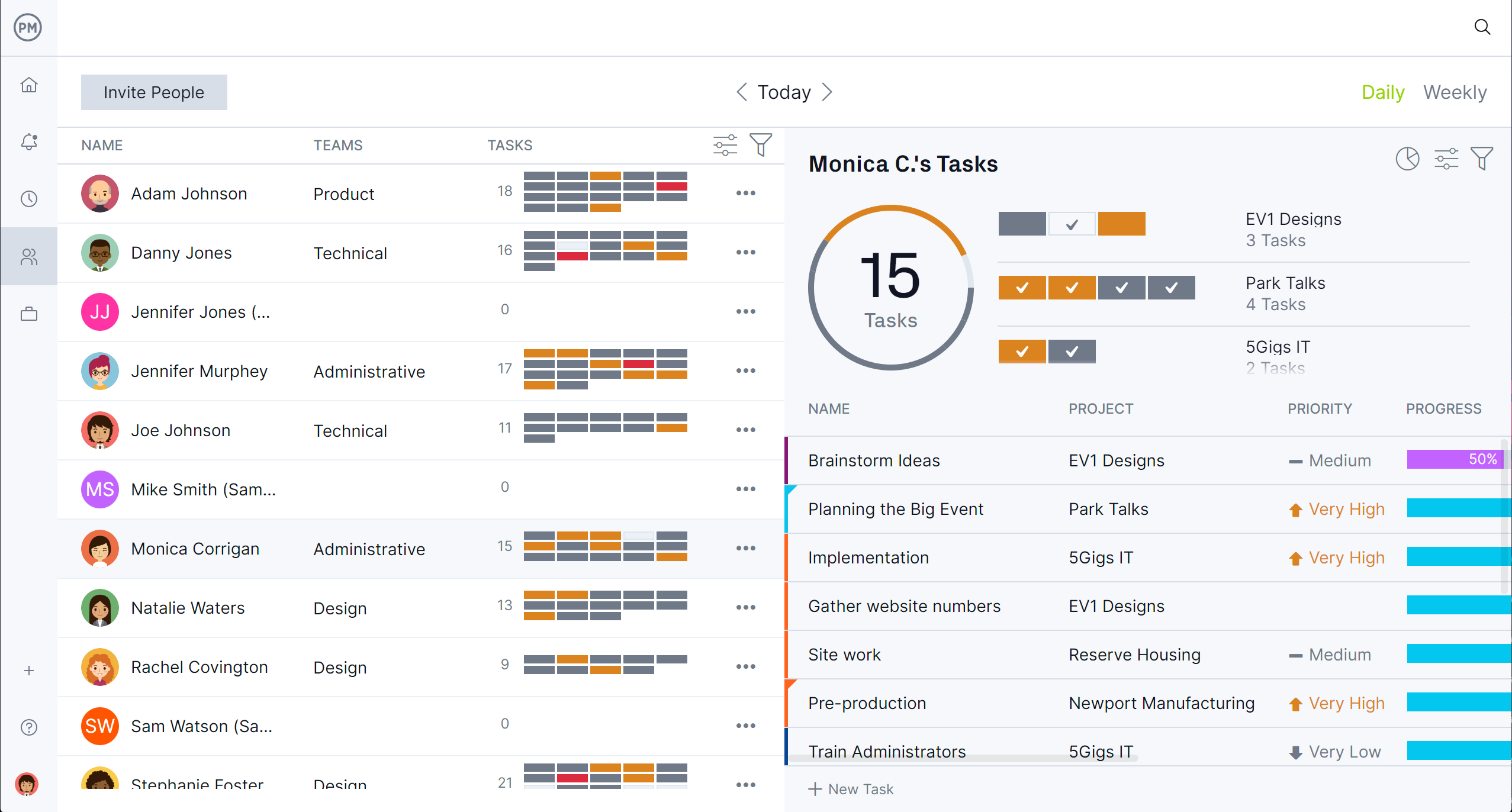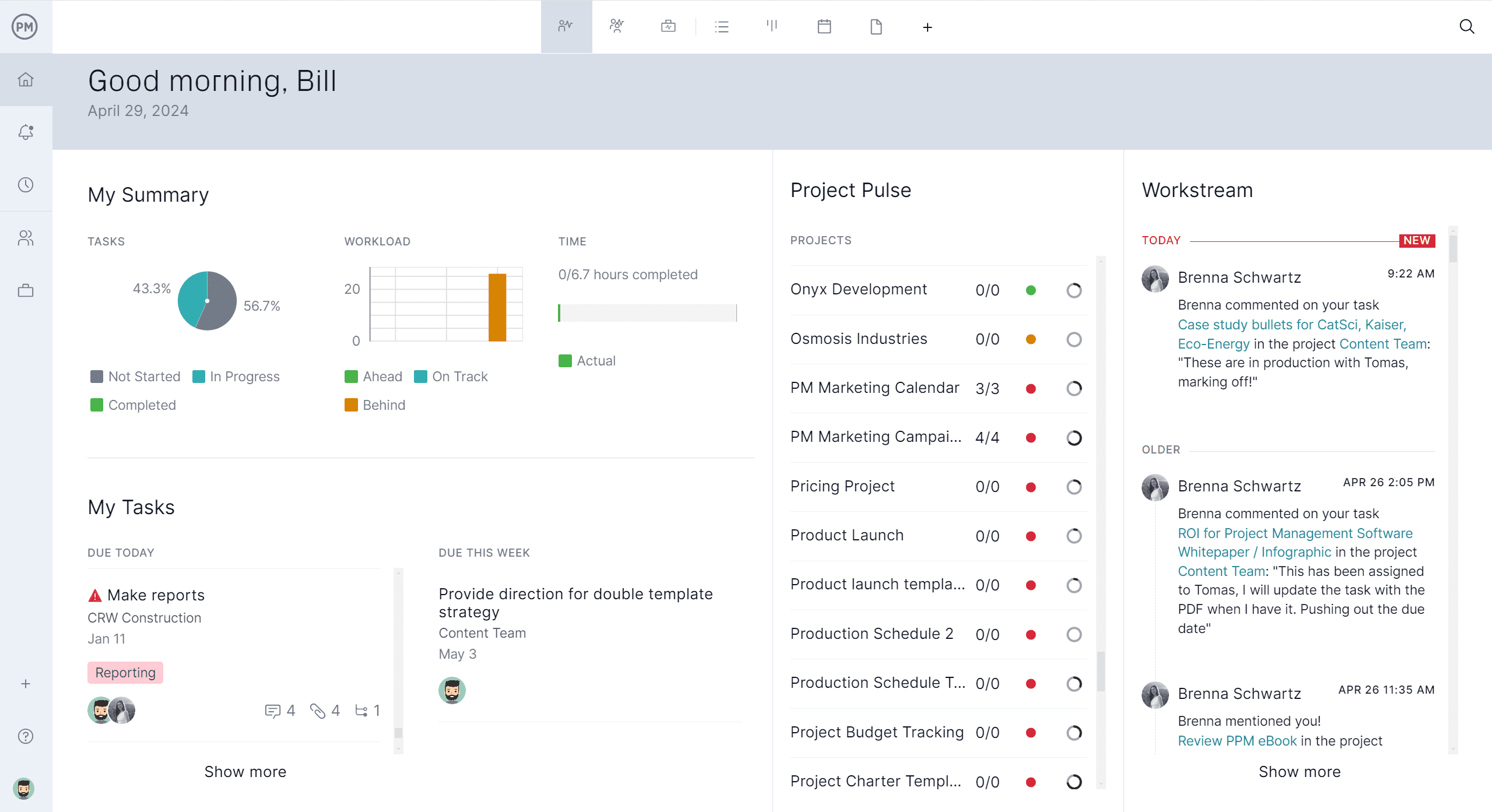Construction projects are full of uncertainties—from design revisions to unforeseen site conditions. That’s why construction contingency is a critical part of any project budget. It acts as a financial cushion to handle the unexpected without derailing the timeline or bottom line. Whether you’re an owner, contractor or project manager, understanding how to plan for contingency can make the difference between staying on budget or facing costly delays. This quick guide explains what construction contingency is and why it matters.
What Is Construction Contingency?
Construction contingency is a specific amount of money set aside within a project budget to cover unexpected costs that arise during the course of construction. These costs may include design omissions, scope changes, or unforeseen site conditions. The contingency is typically calculated as a percentage of the total construction cost and varies depending on the project’s complexity, risk level, and phase. It’s a proactive risk management tool used to protect the budget and ensure smoother project execution.
A construction contingency works with a Gantt chart by helping project managers account for and visually manage unexpected delays, cost overruns or scope changes within the project timeline. In a Gantt chart, contingency time can be built in as buffer tasks or float time between critical activities, allowing flexibility without disrupting the overall schedule. This integration ensures that if unforeseen issues—like weather delays or supply chain disruptions—arise, there is room to adjust without throwing off key milestones or project completion. By combining contingency planning with a Gantt chart, construction teams can better prepare for risks while maintaining control over scheduling and deadlines.
ProjectManager’s Gantt chart works seamlessly with construction contingency planning by allowing teams to visually build in buffer time, manage float and adjust schedules in real time as issues arise. You can insert contingency tasks or allocate slack between critical activities to account for potential delays like weather, permit hold-ups or supply chain disruptions. If a problem occurs, our Gantt chart makes it easy to drag and drop tasks, shift dependencies and instantly see how changes impact the overall timeline.
Because the Gantt chart integrates with real-time dashboards, reports and resource management tools, any schedule adjustments tied to contingency plans are immediately reflected across the platform, helping construction teams stay flexible, avoid cascading delays and keep the project on track despite uncertainty.

What Is the Importance of Construction Contingency?
Construction contingency plays a key role in minimizing financial risk and keeping projects on track. It helps manage uncertainty, supports better decision-making, and provides a safety net when changes or surprises occur during construction.
Covers the Costs of Construction Change Orders
Change orders are a common part of construction, often resulting from design modifications, unexpected conditions, or client requests. Without contingency funds, these changes can quickly lead to budget overruns or project delays. A well-planned construction contingency allows for quicker approvals and implementation of necessary changes. By covering the financial impact of change orders, contingency ensures the project can adapt without compromising the schedule or quality. It also helps reduce tension between stakeholders when changes arise mid-project.
Covers the Cost of Risk Mitigation Actions
Construction contingency can be used to fund risk mitigation efforts identified during planning or execution. These actions might include temporary structural supports, enhanced safety measures or additional testing and inspections. By allocating funds for these proactive measures, the project team can reduce the likelihood or severity of costly issues later. Contingency ensures these preventive steps aren’t delayed due to a lack of funding, ultimately supporting smoother execution and helping maintain control over both the schedule and the budget.
Covers Unforeseen Costs for Construction Phases
Unexpected costs can occur at any stage of a construction project, whether during site excavation, material delivery or installation. Construction contingency helps absorb these surprises without stalling progress. It provides the financial flexibility to address issues like underground obstructions, delivery delays or weather-related damages. Without contingency, such surprises can cause budget strain or scope cuts. Having a reserve specifically for unforeseen conditions allows teams to react quickly and continue the project without compromising the quality or timeline.
Reduces Financial Risk and Improves Budget Accuracy
Including construction contingency in a project budget provides a buffer against financial risk. It helps ensure that unanticipated costs don’t jeopardize the overall financial viability of the project. Contingency also improves budget accuracy by accounting for the inherent uncertainty in construction planning. Rather than relying on unrealistic precision, the budget becomes more resilient and credible. This not only supports better decision-making during execution but also builds trust with clients, investors and other stakeholders from the outset.

Get your free
Construction Schedule Template
Use this free Construction Schedule Template to manage your projects better.
Get the Template
Who Establishes Construction Contingency?
Project owners, general contractors or design teams can establish construction contingency, depending on who controls the budget and risk responsibility. Each party uses it differently to manage uncertainty and ensure smooth execution. Understanding who holds the contingency is essential for defining its purpose and how it will be accessed during the project.
- Owner’s Contingency: Project owners typically include contingency in their overall construction budget to manage changes, design gaps or unforeseen conditions. This is the most commonly used type of construction contingency and is often set as a percentage of total construction costs. It gives owners flexibility to approve scope adjustments or cover unanticipated costs without disrupting the project’s financial stability or requiring major reapprovals.
- General Contractor’s Contingency: General contractors often include their own contingency within their bid to cover estimating errors, minor coordination issues or small changes. This internal buffer helps them avoid taking losses on issues not caused by negligence. The contractor’s contingency usually isn’t visible to the owner unless working under a cost-plus or GMP contract, where transparency is required.
- Design Contingency: Design teams may use contingency when developing early-phase cost estimates before final construction documents are available. It accounts for design refinements, material selections or system changes that are likely to evolve. As the design progresses and more decisions are finalized, this contingency is gradually reduced or eliminated, improving the accuracy of future estimates and aligning with the project’s construction phase.
Related: 18 Best Construction Scheduling Software of 2025
How to Calculate Construction Contingency
Calculating construction contingency requires more than just picking a percentage. It involves analyzing each construction phase, evaluating risks and estimating costs. These steps ensure your contingency budget is appropriate, proportional and ready to support the project when unexpected challenges arise.
1. Identify Construction Project Phases
Each construction phase has a different level of complexity, uncertainty and risk. Early phases, like conceptual design, involve broad assumptions, while later phases, such as construction, are more defined. Identifying all key phases—feasibility, design, procurement and execution—helps break down the project into manageable parts. Doing this allows you to assign specific contingency percentages to each phase based on how much is known and how much could still change. It’s the first step to applying a more targeted and realistic contingency strategy.
2. Assess Risks and Uncertainty Level for Each Phase
The level of risk and uncertainty varies by phase and directly affects how much contingency should be applied. For example, in the early design stage, incomplete drawings and scope ambiguity increase the chance of change orders. During construction, unknown site conditions or coordination problems may arise. By evaluating the type and likelihood of risks in each phase, you can apply an appropriate contingency percentage. The greater the uncertainty, the higher the contingency allocation should be to protect the project’s stability.
Related: 9 Free Risk Management Templates for Excel
3. Estimate the Costs for Each Phase
To apply contingency percentages effectively, you must have solid cost estimates for each phase. These estimates form the base to which the contingency is applied, typically as a percentage of direct construction costs. For instance, a 10% contingency on a $1 million construction phase equals a $100,000 reserve. Without reliable phase-specific estimates, the contingency calculation may be inaccurate or misleading. Estimating each phase’s cost is essential to ensure the project’s contingency reserve aligns with the actual financial exposure.
4. Assign a Construction Contingency Percentage for Each Phase
Once you’ve identified the risks and uncertainty level for each construction phase and estimated the related costs, the next step is to assign a contingency percentage to each phase. This percentage reflects the specific level of unpredictability for that part of the project. For example, you might assign 15% for early design but only 5% during construction. This phase-by-phase approach creates a more realistic contingency reserve that closely aligns with the actual risk exposure at each stage.
5. Set a Construction Contingency Percentage for the Entire Construction Budget
In addition to assigning contingency percentages by phase, it’s important to establish an overall construction contingency percentage for the entire construction budget. This serves as a top-level buffer that covers cumulative risks, coordination gaps or missed items across all phases. Typically, this overall percentage is informed by the weighted average of the phase-specific contingencies. It provides owners and stakeholders with a single, consolidated figure that supports high-level budgeting and financial planning throughout the project.

Construction Contingency Example: Subway System Project
A city plans to build a new subway system with an estimated construction budget of $1.2 billion. The project is divided into five major phases. For each phase, the risk and uncertainty levels are evaluated and a specific contingency percentage is assigned.
- Feasibility & Conceptual Design – $100 million
High uncertainty due to incomplete design and early assumptions
Contingency: 20% → $20 million - Preliminary Design & Environmental Review – $200 million
Moderate risk from pending approvals and evolving scope
Contingency: 15% → $30 million - Detailed Engineering & Final Design – $300 million
Design nearly finalized, lower uncertainty
Contingency: 10% → $30 million - Construction & Tunneling – $500 million
High technical complexity and subsurface unknowns
Contingency: 12% → $60 million - Systems Installation & Commissioning – $100 million
Risk of equipment delays or integration challenges
Contingency: 10% → $10 million
Total Construction Contingency: $150 million
Total Construction Budget: $1.2 billion
Overall Construction Contingency Percentage: 12.5%
This method ensures each phase is covered based on its specific risk level while producing a consolidated contingency figure for budgeting.
Free Related Construction Project Management Templates
While it’s recommended that construction projects be managed on project management software, for those not ready to upgrade, we offer over 100 free project management templates for Excel and Word. Below are just a few that can help with construction project management.
Construction Budget Template
Download this free construction budget template to estimate, organize and track all the costs associated with a construction project. It includes detailed line items for labor, materials and other expenses, broken down by project phase. This template helps contractors and project managers plan budgets accurately, monitor spending, compare actual costs to estimates and adjust financial decisions in real time. By providing a clear and organized view of project finances, a construction budget template supports better cost control, reduces the risk of overruns and ensures the project stays within budget from start to finish.
Construction Estimate Template
Use this free construction estimate template to calculate and present the projected costs of a construction project before work begins. It includes detailed breakdowns of materials, labor, equipment and other costs. This template helps contractors and project managers create clear, consistent and accurate estimates for bidding, budgeting and planning purposes. By standardizing the estimating process, it improves transparency with clients, supports competitive pricing and lays the groundwork for effective cost control throughout the project lifecycle.
Construction Daily Report Template
A construction daily report template is a standardized document used to record daily job site activities, including work completed, weather conditions, labor and equipment used, material deliveries, safety incidents and any delays or issues encountered. It provides a consistent way for site supervisors or project managers to document progress, track productivity and communicate with stakeholders. By using a daily report template, construction teams can ensure accountability, maintain accurate records for compliance and billing and quickly identify problems that may impact the schedule or budget.
How ProjectManager Helps Manage Construction Projects
ProjectManager is far superior to using static templates for managing construction projects because it offers a dynamic, real-time platform that updates automatically, eliminates manual errors and provides complete visibility into every aspect of the project. One of its most powerful advantages is its multiple project views—including Gantt charts, task lists, kanban boards, calendar views and spreadsheet-style sheets—which allow different teams to manage and interact with the project in the way that suits their role best.
For example, field crews can use the task list for daily work, while project managers rely on the Gantt chart for long-term planning and dependency tracking. All views sync in real time, so any updates made in one view are reflected across the platform, keeping everyone—from site supervisors to stakeholders—aligned, informed, and on schedule.

Control Labor, Equipment and Workloads With Robust Resource Planning
ProjectManager’s resource planning tools give construction teams full visibility and control over labor, equipment, and workloads—helping ensure the right resources are available at the right time. The team page provides an overview of each worker’s role, assignments and availability, making it easy to assign tasks based on skills and capacity.
The color-coded workload chart instantly highlights overbooked or underused team members, allowing managers to balance workloads before they cause delays. Additionally, availability settings factor in time off and working hours, so schedules are always realistic. Combined with task management and real-time updates, our resource planning features keep crews efficient, projects on track and budgets in check.

Monitor Progress, Cost and Performance With Real-Time Tracking Tools
ProjectManager’s tracking features give construction teams the tools they need to monitor progress, costs and performance in real time. With real-time dashboards, managers can instantly see how tasks, budgets and schedules are progressing, spotting delays or issues before they escalate.
Customizable reports provide detailed insights into specific areas like labor hours, earned value and project variance, tailored to different stakeholders. Secure timesheets ensure accurate tracking of hours worked, feeding directly into cost and schedule updates. Together, these tools create a live feedback loop that enhances accountability, supports better decision-making, and keeps construction projects running on time and within budget.

Related Construction Project Management Content
For those who want to read more about construction project management and how it goes beyond pull planning, follow the links below to read recently published articles on process, phases, reporting and more.
- Construction Management: Process, Key Areas and Roles
- 20 Free Excel Construction Templates
- Construction Phases: Documentation, Templates & Steps
- 32 Construction Documents (Templates Included)
- Construction Reporting: Types of Construction Reports
- 14 Types of Construction Contracts: Pros, Cons & Best Practices
ProjectManager is award-winning project and portfolio management software that connects teams whether they’re in the office or on the job site. They can share files, comment at the task level and stay updated with email and in-app notifications. Join teams at Avis, Nestle and Siemens who are using our software to deliver successful projects. Get started with ProjectManager today for free.

